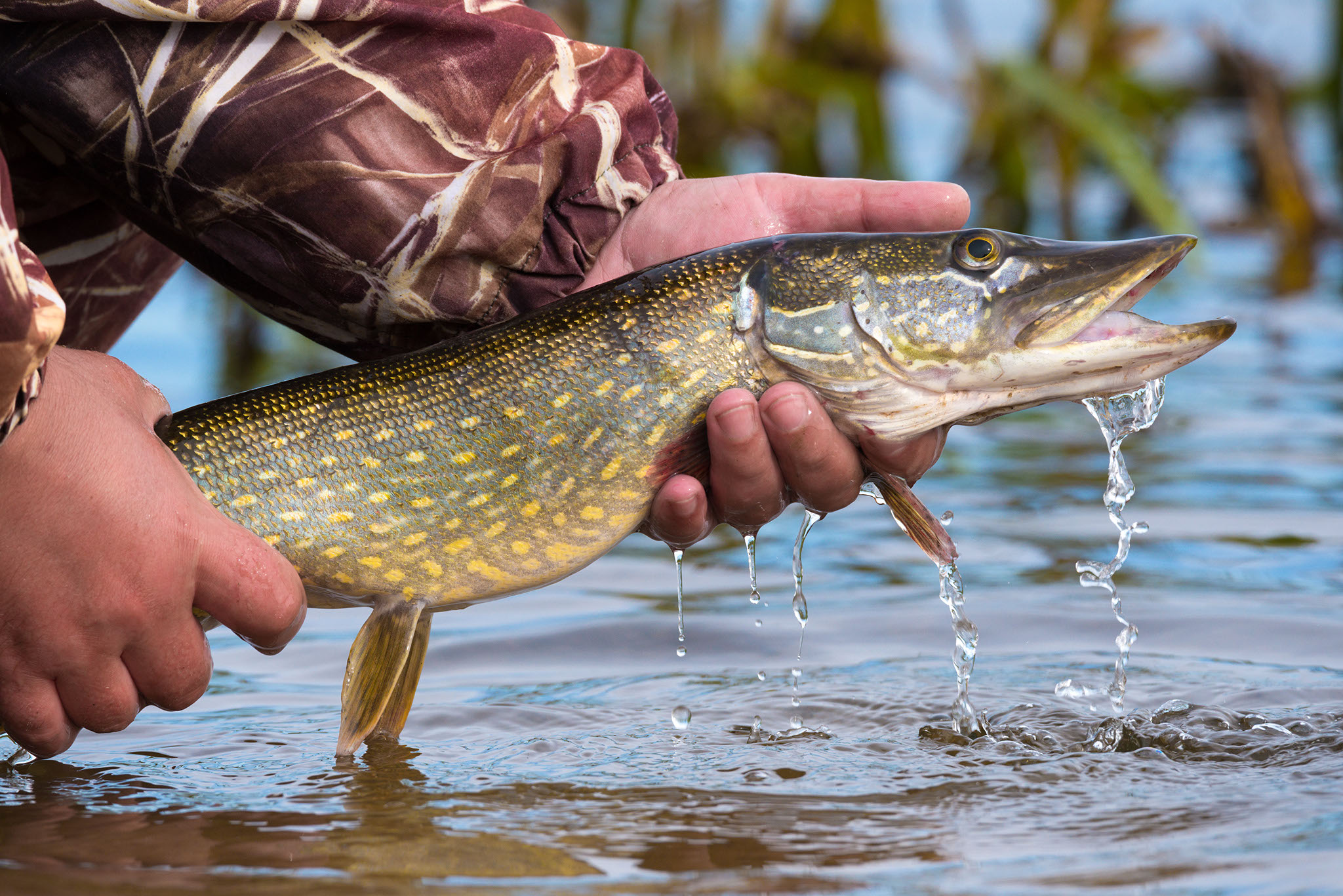Unhooking and returning pike to the water can seem daunting to those new to pike angling and if done incorrectly can cause unnecessary harm to the fish.
Before you cast out, it's really important to have the right kit. This not only ensures fish safety, it ensures you don't end up with puncture wounds from the pikes teeth - painful and completely avoidable. We recommend you have the following kit ready for landing your pike:
- Minimum 36'' soft-mesh net (ideally 40'')
- Large unhooking mat
- Minimum 8'' forceps
- Long nose wire cutters
- Thick glove
It's essential that wire traces are used when targeting pike, they can and will bite though monofilament line and this is poor practice.
We would also strongly advocate using a snap-link directly above your wire trace. If the unhooking of the fish is tricky, this allows you to disconnect the mainline, getting the weight/float out of the way making life much easier in the process.
Looking after our pike
Landing the fish
Pike can either be landed using a large net, or can be chinned by hand out of the water. For smaller fish, they can be gripped behind the head - if doing this just be careful not to apply too much pressure.
Landing pike with a large net suits the beginner pike angler. Just ensure the net is fully submerged before sliding the fish into it. Once the fish is secure, it can then be gently lifted out of the water. Ensure you don't lift the fish more than 1ft from the ground - this ensures should something fail, the fish doesn't have far to fall.
Chinning a pike is a method used by more experienced anglers where 3 fingers are slid under the gill cover to the soft part of the mouth. This area is free of teeth and allows you to handle the fish safely. Its a lot better for the fish too, as none of the fishes protective slime are lost to the net and unhooking mat. Just be careful to ensure you don't graze your fingers on the sharp edge of the gill covers. Also, be careful not to touch the pikes delicate gill tissue.
This needs to be done on a tight line in order to firmly grip the fish quickly and efficiently. Just ensure first that the treble hooks are not located in this area.
Unhooking the pike
Ensure that unhooking mat is thoroughly soaked - as we've mentioned before, a fishes slime coating is its primary barrier against infection. Using a dry mat almost guarantees that the fish will slime the mat, meaning its no longer on the fish doing the job that it should be.
For larger pike, perhaps over 10lb or so, it's a good idea to straddle the fish on the mat to keep control of any thrashing on the bank. Turning the fish onto its back then allows you access the mouth easily and safely.
As with chinning the pike, you should slide three fingers under the gill cover and move these as far towards the head of the pike as possible. This will allow you to hold the fish securely and will 'flare' the mouth, making it far easier to locate and remove the hooks.
Once the fish is calm and you have opened the mouth, the first job is to locate the hooks. With modern techniques advocating hitting pike runs quickly, hopefully you'll see the hooks at the front of the mouth and not towards the start of the stomach lining.
Use your forceps to grip each treble hook and wiggle gently to remove. Pike have very bony mouths so the hooks should come free easily. Most treble hooks are only barbed on one hook (the one that secures the bait in place) so the hooks in the pike should be barbless. You can wear your glove for the unhooking if you're more confident this way.
The long nose wire cutters are used for when you can;t remove the hooks with your forceps. Cut through the hook using these if necessary. Please avoid cutting the trace and leaving the fish with the hooks left behind - it's a myth that these hooks will rust out quickly.
If the hooks have set deeper within the fish and are not immediately visible, simply apply a gentle pressure to the trace and unhook as you would have done.
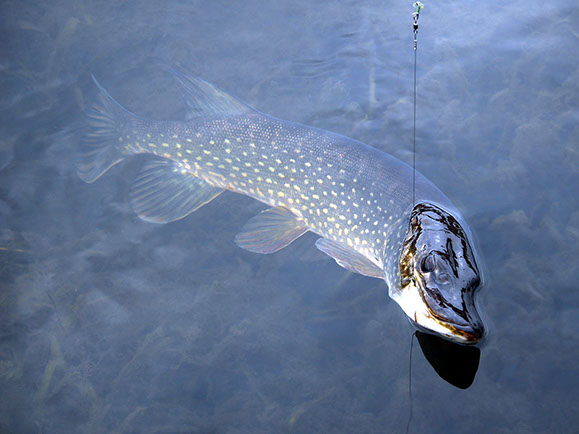
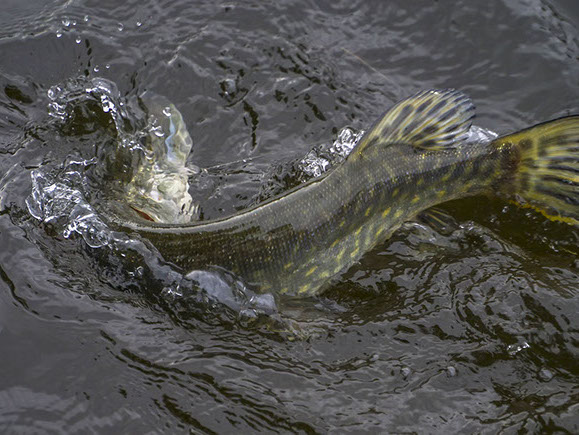
Photographing pike
Photographing pike is usually where both the angler and the fish have the highest risk of injury when not done correctly. Ensure your chin grip is firm and be confident with the fish. If the fish thrashes, lower it back onto the mat, maintaining your grip at all times.
If you're completely new to pike fishing we would advise having someone with experience with you for the first few captures. They can show you the correct procedures first-hand. If this isn't feasible, simply follow the guidelines above and you shouldn't go too far wrong.
After the first few unhookings it becomes very easy to do and can then be safe for both you and the pike in question.
As with carp fishing, avoid leaving the fish unattended on the mat - the fish is likely to flip and could easily injure itself on the ground.
Returning the fish to the water
More so when fishing in running water, it's important to allow the fish to recover in the water before being released.
Pike are designed for predatory movement - short sharp bursts of energy to ambush prey fish. Fighting them to the bank can therefore cause them significant fatigue.
The correct practice is to support the fish in the water until you feel it's ready to kick away. It's not uncommon to end up reasonably wet after the fish has kicked away!
Final note or two
Pike, despite their aggressive looks and fierce reputation, are one of our more delicate species. Extra care should be taken when fishing for them.
Please ensure you have the fish returned to the water as quickly as is safe to do so and if you can avoid the need for a photograph, even better.
Competent pike handling is all about confidence and technique - your confidence will ensure both you and the fish remain unscathed during its capture.
If you think we've missed out any important pointers, please feel free to contact us - website@wimborneanddistrictanglingclub.co.uk If we can improve our membership content we'll certainly do so.
Pike fishing can be prolific on the River Stour in the right location and under the best conditions. Creekmoor Main Lake and Longham Reservoir provide the best still water opportunities.
MEMBERSHIP

For full details on how to join and the rates for 2025/26
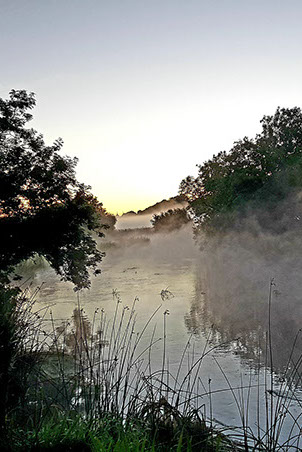
Membership details
WDAC VENUES
Further details on all of our waters and concessions.
Venue information
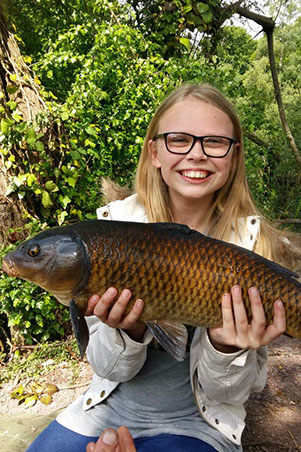
JUNIORS PAGE - COMING SOON!
A page of the website purely for our younger members.
Coming soon
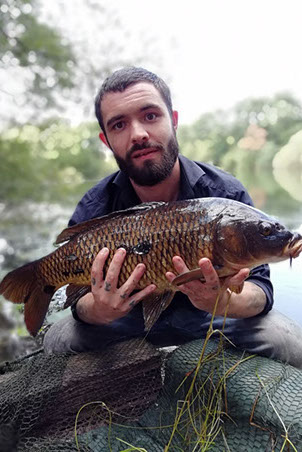
STICKY BAITS COMP
£175 worth of Sticky Baits prizes of for grabs!
Enter comp here
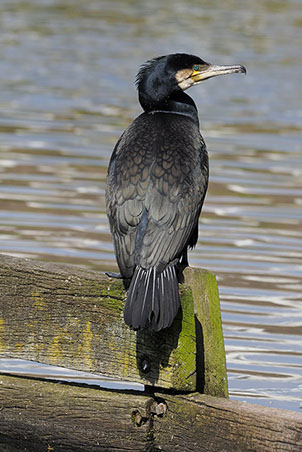
CORMORANT WATCH
YOUR club needs YOUR help to report sightings of cormorants
Report here
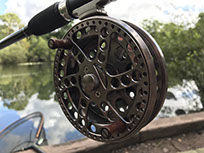
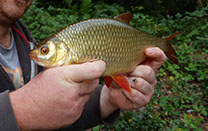
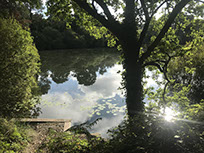
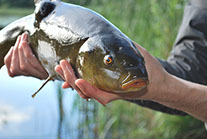
SITE MENU

HOME
VENUES
MEMBERSHIP
CURRENT NEWS
GAME SECTION
MATCH NEWS
JUNIOR PAGES
CORMORANT WATCH
CONTACT
BUY GUEST TICKET
WDAC CLOTHING SHOP
WESSEX ANGLING
x
SUBSCRIBE TO OUR NEWSLETTER

COPYRIGHT WDAC 2024
TERMS AND CONDITIONS
DESIGNED BY J NASH
